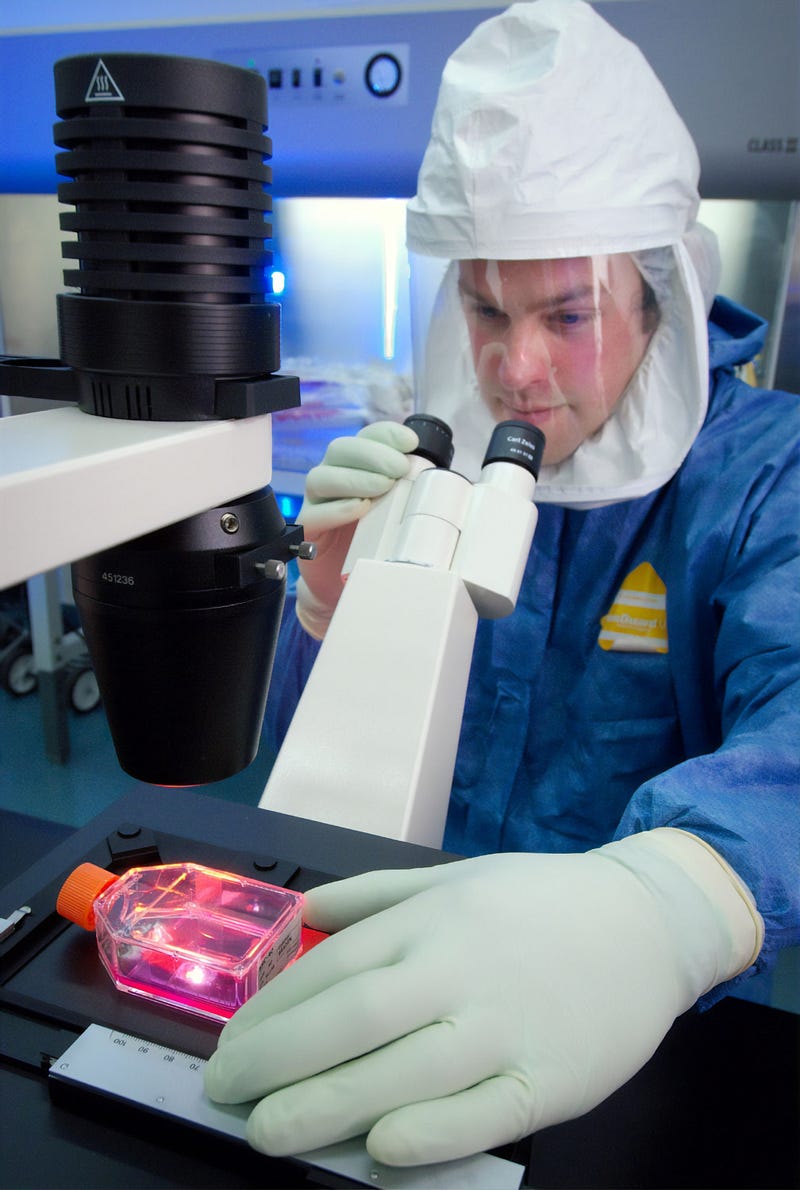
In the field of stem cell research, scientists are constantly seeking innovative methods to enhance our understanding of cellular biology and unlock the full potential of regenerative medicine. One such groundbreaking approach is the creation of chimeras. In this article, we will explore the concept of chimeras and delve into how they could revolutionize stem cell research, offering new avenues for therapeutic development and tissue regeneration.
- Defining Chimeras:
In mythology, a chimera refers to a creature composed of parts from multiple animals. In the context of stem cell research, a chimera is an organism that contains cells from two or more distinct species. This can be achieved through the introduction of cells from one species into the early stages of development of another, resulting in the formation of an organism with a mixed genetic composition.
- Studying Development and Differentiation:
Chimeras provide a unique opportunity to study the intricate processes of development and cellular differentiation. By introducing specific cell types into an embryo, researchers can observe how these cells integrate and contribute to the formation of various tissues and organs. This approach enables scientists to investigate the mechanisms that drive cell fate determination and gain insights into the complex interplay between different cell populations during embryogenesis.
- Unraveling Disease Mechanisms:
Chimeras offer a powerful tool for studying human diseases and their underlying mechanisms. By introducing human cells into animal models, researchers can create chimeric organisms that mimic human disease conditions more accurately. This allows for the investigation of disease progression, identification of therapeutic targets, and evaluation of potential treatments. Chimeras provide a valuable platform for testing the safety and efficacy of novel therapies before advancing to human clinical trials.
- Organ and Tissue Regeneration:
The ability to generate functional organs and tissues is a long-standing goal in regenerative medicine. Chimeras hold great promise in this area by facilitating the development of human-animal hybrid organs. By introducing human stem cells into animal embryos lacking specific organs, scientists can potentially induce the growth and maturation of human organs within these chimeric organisms. This approach could help overcome the shortage of donor organs and provide a personalized source of transplantation material.
5. Ethical Considerations and Regulation:
The creation of chimeras raises important ethical considerations that must be addressed. Researchers and policymakers need to establish guidelines and regulations to ensure responsible and ethical use of this technology. Ethical considerations include determining the extent of human cell contribution to chimeric organisms, potential unintended consequences, and the welfare of the animals involved
- Limitations and Challenges: While chimeras hold immense potential, there are several challenges that need to be addressed. These include improving the efficiency of human cell integration, maintaining proper tissue functionality, and preventing the contribution of human cells to the animal’s germ line. Additionally, public perception and acceptance of chimera research must be carefully considered to promote understanding and support for this groundbreaking field.
Conclusion:
Chimeras represent a remarkable advancement in stem cell research, providing a powerful tool to study developmental processes, unravel disease mechanisms, and potentially regenerate organs and tissues. The ethical considerations and challenges associated with chimera research need to be carefully navigated, emphasizing transparency, responsible oversight, and public engagement. With continued advancements and careful regulation, chimeras have the potential to revolutionize regenerative medicine and improve human health in unprecedented ways.

No comments:
Post a Comment